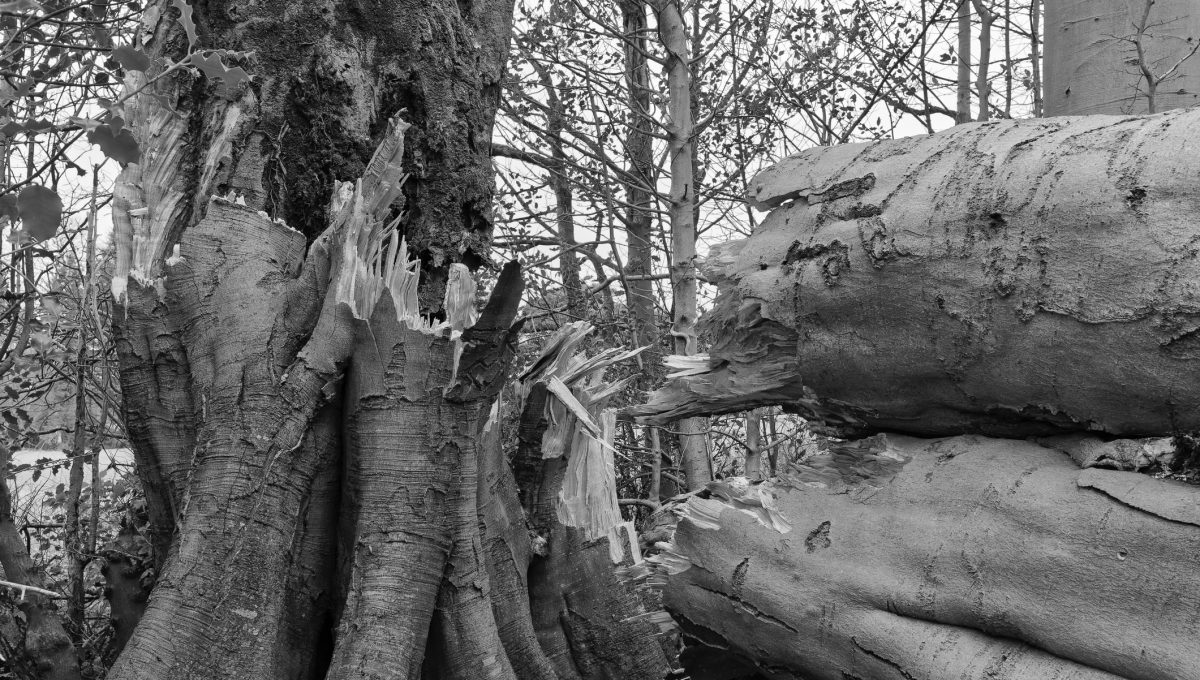If Knowledge Falls in a Forest… Does Your Organisation Hear It?
Why Evidence of Knowledge Transfer Might Be the Strongest Compliance Tool You’re Not Using
Every training session. Every toolbox talk. Every onboarding checklist.
We invest heavily in teaching our teams what they need to know—but how do we prove that knowledge was understood, retained, and applied?
In today’s compliance-heavy landscape, especially across transport, childcare, construction, and board governance, it’s no longer enough to say “we provided training.”
Now, regulators—and boards—are asking:
Can you show that it made a difference?
From Policy to Proof: The New Expectation
Whether you’re dealing with Chain of Responsibility, NCC 2025, or upcoming childcare reforms, the standard is shifting. You need evidence of:
- Who learned what
- When they learned it
- How it changed their behaviour or decisions
A Real-World Parallel
Imagine you roll out a new fatigue policy for your fleet. Two months later, there’s a serious incident. The regulator asks:
“Can you demonstrate this driver understood their obligations?”
If all you have is a signature on an attendance sheet, that might not cut it.
But if you can show:
- Short assessments confirming comprehension
- Operational data showing fewer fatigue-triggered schedule changes
- A follow-up module or safety debrief logged and linked
That’s compliance in action. That’s defensible governance.
Why It Matters Across Sectors
- Transport: CoR demands proof that every party in the chain knows and enacts their duty.
- Childcare: New reforms will require more than annual training tick-boxes—especially for child protection.
- Construction: NCC 2025 introduces standards that impact site practice immediately. Knowledge uptake must be visible.
- Governance: Directors are increasingly being asked, “How do you assure the board that compliance training is understood and applied?”
If you can’t map how knowledge moves inside your organisation, how can you prove you’re compliant outside of it?
Final Thought
Knowledge transfer isn’t a one-time event. It’s a live, traceable system.
And in a world where regulators expect proactive oversight—not reactive explanations—it’s one of the smartest investments your organisation can make.
At Dept of Future, we’ve developed a unique, practical model that makes it easy for organisations to track, verify, and demonstrate knowledge transfer—scalable, audit-ready, and built for real-world operations.
(By Brenda Frisk, Department of Future)
